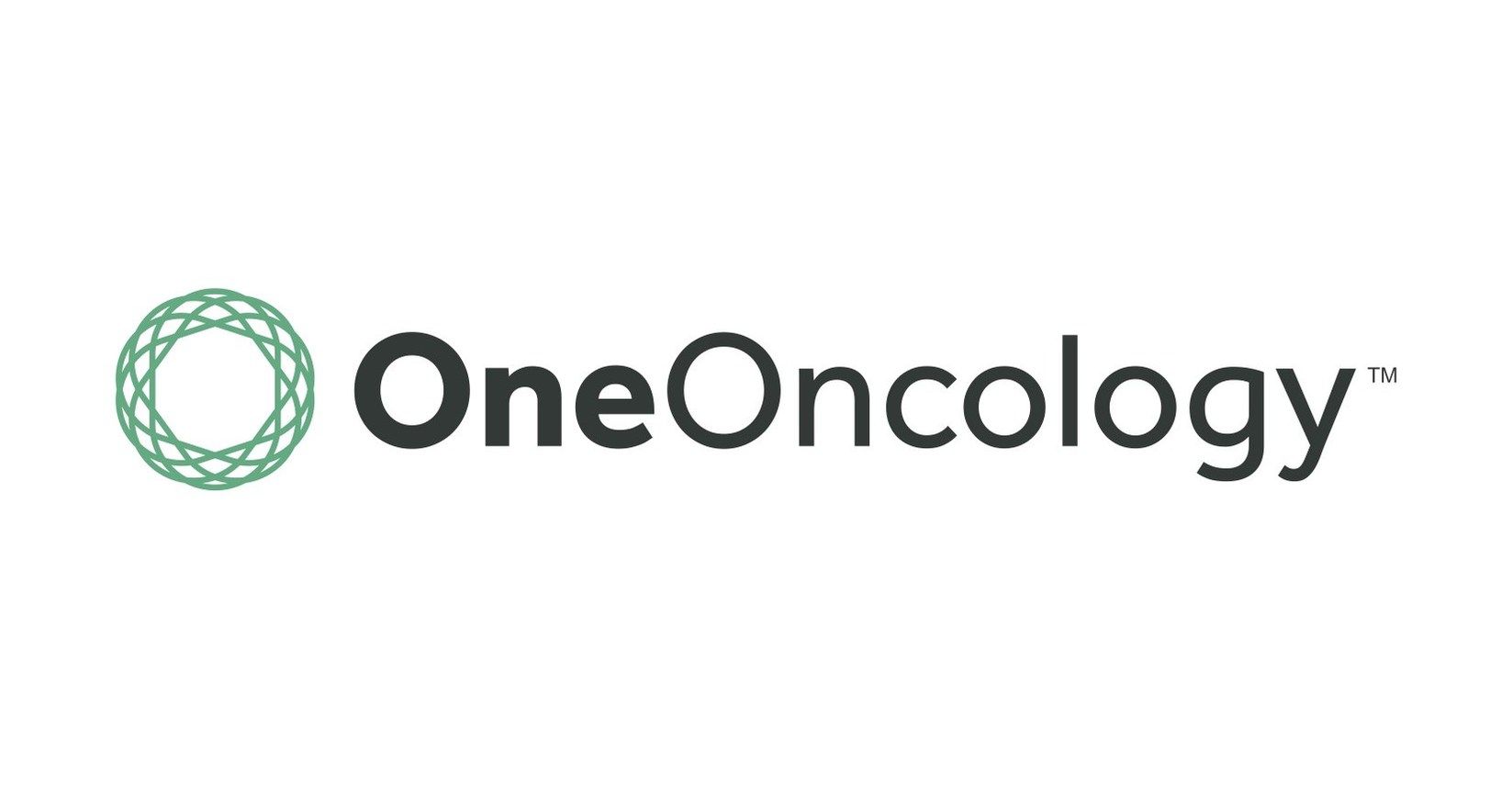Article
COA Surveys Practices on EOM Interest Amid Changing Times in Community Oncology
Author(s):
An expert panel at the recent meeting of the Quality Cancer Care Alliance discussed the Enhancing Oncology Model (EOM), which is set to begin on July 1, 2023.
The Community Oncology Alliance (COA) is currently surveying member practices about their plans to take part in the Enhancing Oncology Model (EOM), as leaders of the Center for Medicare and Medicaid Innovation (CMMI) work to answer questions about the alternative payment model (APM) and EOM participation agreements that practices received during April.
Okon
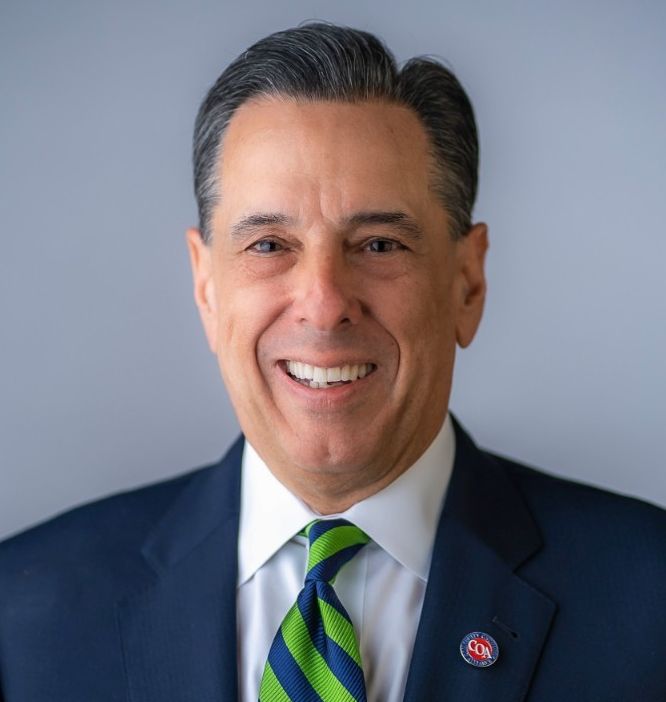
Ted Okon, MBA, executive director of COA, discussed plans for the survey during a panel discussion April 20 at the Quality Cancer Care Alliance (QCCA) annual meeting. At the session, billed as a “crystal ball” discussion on what’s ahead in community oncology, Okon said CMMI was aware of provider questions about EOM requirements, which might keep some practices from participating despite past success in the Oncology Care Model (OCM).
The EOM is a successor to the OCM, an earlier APM Medicare offered from 2016 through 2022. The new model, announced in June 2022, is set to begin July 1, 2023.
CMMI held 3 webinars between April 21 and May 4 to discuss elements of the EOM agreement. COA’s survey, which will conclude May 10, will gauge whether enough practices will sign up for the EOM for the model to move forward. In late March, CMMI said in an email to The American Journal of Managed Care® (AJMC) that a minimum number of practices were needed for the EOM to proceed, although it declined to say how many.
Okon told the QCCA audience that CMMI leaders were “very concerned” about getting enough EOM participants. “The bottom line is, if enough practices don’t do it, then they will have to make some changes,” he said.
Concerns about the EOM
Although the OCM and EOM have many similarities, there are key differences, including smaller monthly payments for required services, a requirement to assume risk from the first day, and a requirement to track information on patients’ health-related social needs. Multiple practice leaders have told AJMC that although they remain committed to value-based care, the EOM as proposed requires more work with greater financial risk than the OCM. Many would welcome a 6- to 12-month window in the EOM without taking on risk to learn how it operates.
Blau
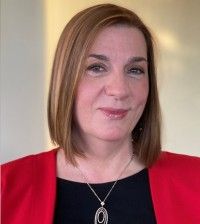
Led by moderator and QCCA President Sibel Blau, MD, medical director of Northwest Medical Specialties of Puyallup, Washington, the panelists discussed these concerns to open the session. Besides Okon, they were Barbara McAneny, MD, CEO of New Mexico Cancer Center; Alti Rahman, MBA, MHA, practice administrator of Oncology Consultants of Houston, Texas; and Lalan Wilfong, MD, a longtime oncologist with Texas Oncology and vice president for Payer Relations and Practice Transformation at The US Oncology Network.
Wilfong said modeling based on OCM and internal data show that some practices in The US Oncology Network might not fare well under the EOM due to market dynamics, not due to poor care by the physicians. “Some of it’s just unique characteristics of those practices,” he said.
Rahman
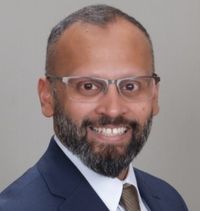
Rahman said the OCM allowed his practice to build value-based relationships without taking on risk right away. Early on in the OCM, he said, “the initial benchmarking was really going to work against us. But we were OK with that, because it was a learning opportunity for us.”
For McAneny, the EOM is a sign of what’s to come—which Okon and Blau agreed could be a mandatory at-risk Medicare reimbursement system. “I think, is a great weathervane for where the government wants to go,” McAneny said, noting that her practice developed the COME HOME model, a precursor to the OCM, and saved $675 per patient without assuming risk.
“I feel like we kind of need to do it, because it's going to be something that’s going to be mandated,” Blau said.
Okon noted that language in the Affordable Care Act gives CMS the power to implement an APM once it has demonstrated that it saves money—which is the chief reason for the cut in monthly payments for mandatory services. But he said for many practices, reluctance to sign the EOM agreement comes down to timing issues: practices didn’t receive EOM agreements until April, and they can’t get data they need to obtain stop-loss insurance until 2 weeks after they sign up. For many, this is impossible, he said.
Both practices and CMMI are grappling with the impact of the Inflation Reduction Act (IRA), Okon said. As practices evaluate what the IRA will mean for their bottom line, he said CMMI has had key staff reassigned to implement this major piece of legislation that will allow Medicare to negotiate prices for certain high-cost drugs, including many in oncology.
Future of Medicare Advantage
Medicare Advantage (MA) plans accounted for 46% of Medicare enrollment in 2021, and that share is projected to reach 50% this year. The panelists agreed with more people aged 65 and older signing up for MA plans instead of traditional fee-for-service plans, the question is not whether they are happy about it, but how they will respond.
“Like it or not, they’re making up half the beneficiaries, and it’s going to continue to increase,” Rahman said. “So, it’s both a cause for concern, but perhaps an opportunity as well, because they have to think about total cost of care across all sorts of conditions—and all specialties.”
His practice, Oncology Consultants, accepts MA plans when many area hospitals will not, something Rahman says sets the practice apart. Not only does the practice serve patients who would be otherwise be shut out of care, but it forms risk-sharing collaborations with like-minded primary care and chronic care providers who take a public health approach and look at ways to reduce cancer risk upstream.
For Rahman, a key question these days is, what is the practice doing beyond oncology? If primary care providers are viewed only as a source of referrals, “That’s a big red flag for me.”
McAneny
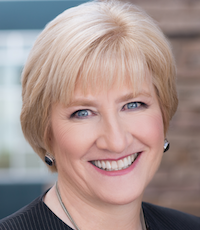
McAneny agreed that preventing cancer is the right approach, but she remembers too well when payers didn’t want to fund tobacco cessation for 30-year-old patients, “because when they stopped smoking, they might be on someone else’s dime.”
“So, the goal of having an integrated system, where we're promoting health from cradle to grave would be ideal,” she said, “but I don't think it's Medicare Advantage.”
Accountable care organizations (ACOs) have proved to be a disappointment, McAneny said, because instead of providing true integrated care and data sharing as promised, many have recruited the healthiest seniors, not those with cancer or on dialysis. The attitude is, “We’re going to consolidate the market and we're going to carve out sick people. And we're going to maximize the revenue and minimize the expenses.”
Rahman agreed this is happening, which is why physicians need to be in control. Wilfong then explained the financial reality of why ACOs are so attractive to both payers and primary care physicians (PCPs):
Wilfong
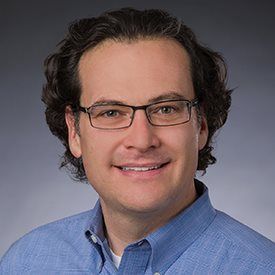
“The payers’ profit from Medicare Advantage is double or triple what they make in a commercial setting, because of the ability to take risk and generate that profit. And additionally, what we've seen is that primary care physicians are doubling and tripling their salaries by going into the MA plan to take risk. So, you're seeing a lot of consolidation in the B2B space,” with models such as employed physicians and vertical integrated networks.
“We're seeing a lot of consolidation in the PCP space around Medicare Advantage, because they're able to increase the revenue. I mean, if you're a PCP making $100,000 a year, you're going to want to increase your revenue,” Wilfong continued. “The point is, we have to figure out a way to work with Medicare Advantage.”
While he agreed that some bad players are sacrificing care, not all are. Wilfong said his own parents have MA plans and his father has benefited from regular check-ins with a nurse. Community oncology, he said, can be a positive force in holding MA plans accountable.
Okon sees this happening already, especially as plans have become integrated with pharmacy benefit managers (PBMs). Abuses have captured Congress’ attention, he said, and there’s bipartisan momentum to rein in bad behavior.
“The underlying problem is the consolidation of the market,” Okon said. “How many of you think that the major problem in health care is that the health insurance companies are not making enough money?... The more consolidated the market is, the more powerful it is, the more they're going to have more influence in Congress.”
But actions that started in the states are reaching Washington, DC, he said. COA now plans to bring members to Capitol Hill June 13 to share firsthand accounts of how vertical integration and PBM/insurer abuses are affecting patients.
“If you have a patient standing up there saying, ‘I didn't get my drug, or this copay maximizer cost me [a certain] amount of money,’ that makes a difference,” Wilfong said.





